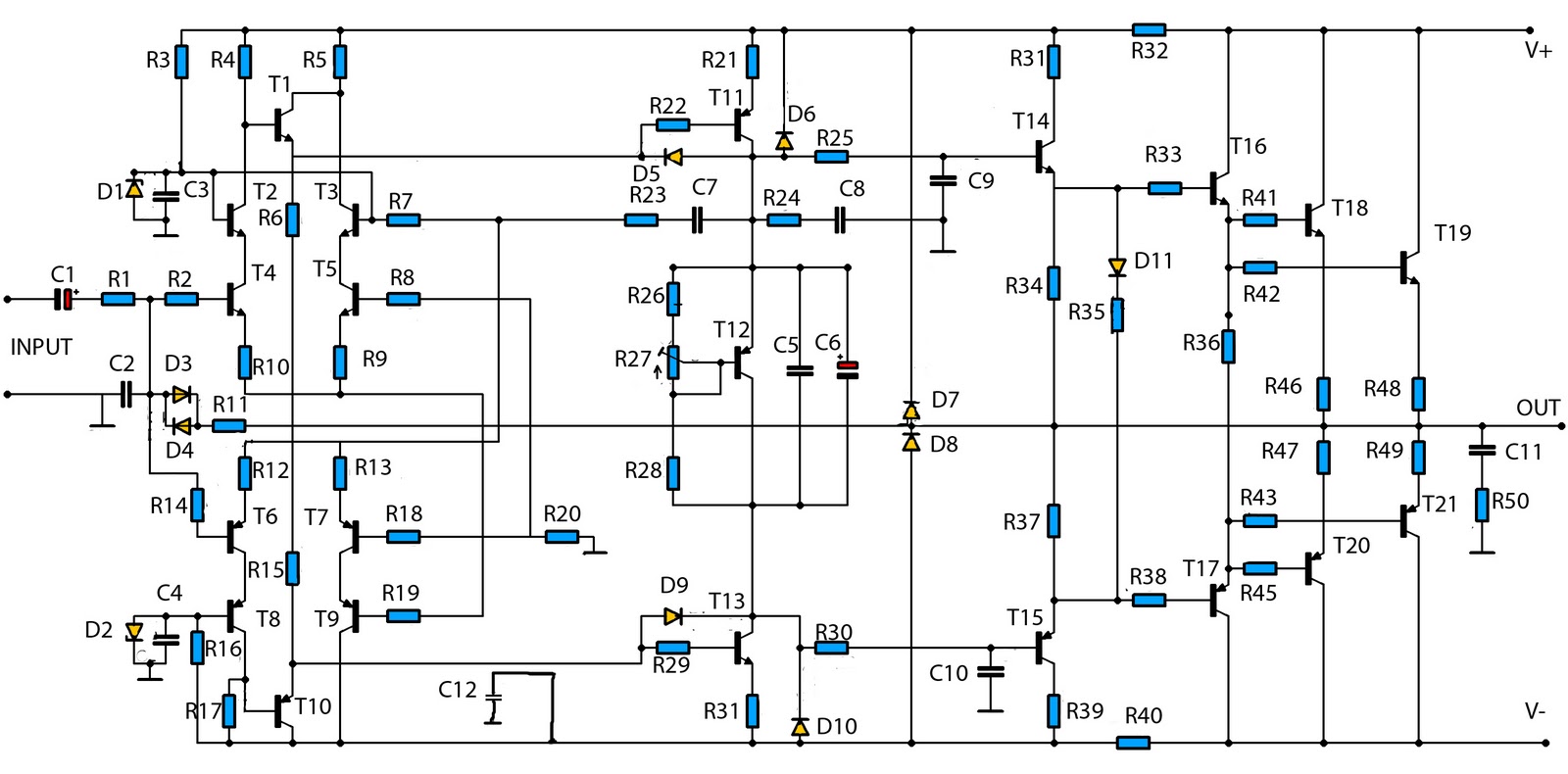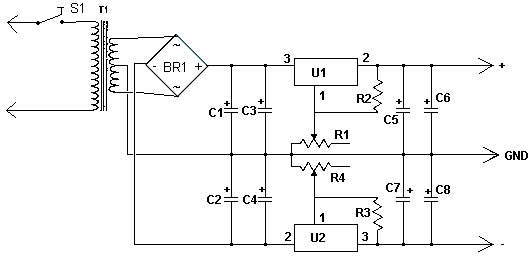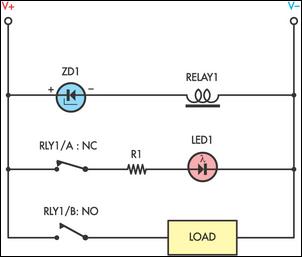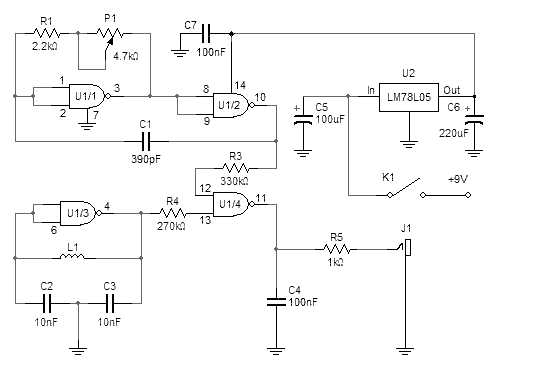
Simple DC Adapter Power Supply
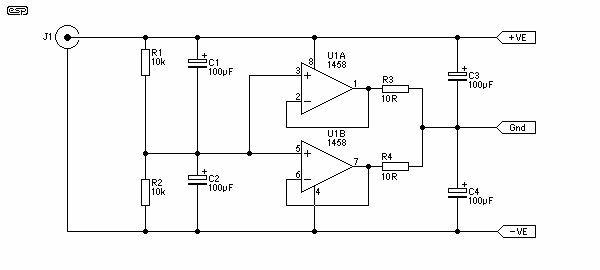
You need a power supply for a project, but only have a DC adapter available, so you can't use my AC power adapter trick (Project 05). This little project came about because a reader had just this problem, and didn't know what he could do.
In scenarios where only a DC adapter is available for powering a project, a simple and effective solution can be designed using a DC-DC converter circuit. The purpose of this circuit is to efficiently convert the input DC voltage from the adapter to the required voltage level for the project, ensuring compatibility and proper operation.
The circuit typically consists of a step-down (buck) or step-up (boost) converter, depending on whether the required output voltage is lower or higher than the input voltage. For example, if a 12V DC adapter is used but the project requires 5V, a buck converter would be appropriate. Conversely, if the project requires 24V, a boost converter would be necessary.
Key components of the circuit include an inductor, a switch (usually a MOSFET), a diode, and a capacitor. The inductor stores energy when the switch is closed and releases it when the switch is open, allowing for voltage transformation. The diode ensures that current flows in the correct direction and prevents backflow, while the capacitor smooths out the output voltage, providing a stable supply to the load.
Additionally, a feedback mechanism is often implemented using an operational amplifier or a voltage divider to monitor the output voltage and adjust the duty cycle of the switch accordingly. This ensures that the output voltage remains consistent despite variations in load or input voltage.
In summary, utilizing a DC-DC converter circuit allows for the effective use of a DC adapter in powering various electronic projects, providing flexibility and efficiency in voltage regulation. Such a circuit can be designed and assembled on a breadboard or PCB, making it a practical solution for hobbyists and engineers alike.You need a power supply for a project, but only have a DC adapter available, so you can`t use my AC power adapter trick (Project 05). This little project came about because a reader had just this problem, and didn`t know what he could do
🔗 External reference
In scenarios where only a DC adapter is available for powering a project, a simple and effective solution can be designed using a DC-DC converter circuit. The purpose of this circuit is to efficiently convert the input DC voltage from the adapter to the required voltage level for the project, ensuring compatibility and proper operation.
The circuit typically consists of a step-down (buck) or step-up (boost) converter, depending on whether the required output voltage is lower or higher than the input voltage. For example, if a 12V DC adapter is used but the project requires 5V, a buck converter would be appropriate. Conversely, if the project requires 24V, a boost converter would be necessary.
Key components of the circuit include an inductor, a switch (usually a MOSFET), a diode, and a capacitor. The inductor stores energy when the switch is closed and releases it when the switch is open, allowing for voltage transformation. The diode ensures that current flows in the correct direction and prevents backflow, while the capacitor smooths out the output voltage, providing a stable supply to the load.
Additionally, a feedback mechanism is often implemented using an operational amplifier or a voltage divider to monitor the output voltage and adjust the duty cycle of the switch accordingly. This ensures that the output voltage remains consistent despite variations in load or input voltage.
In summary, utilizing a DC-DC converter circuit allows for the effective use of a DC adapter in powering various electronic projects, providing flexibility and efficiency in voltage regulation. Such a circuit can be designed and assembled on a breadboard or PCB, making it a practical solution for hobbyists and engineers alike.You need a power supply for a project, but only have a DC adapter available, so you can`t use my AC power adapter trick (Project 05). This little project came about because a reader had just this problem, and didn`t know what he could do
🔗 External reference

